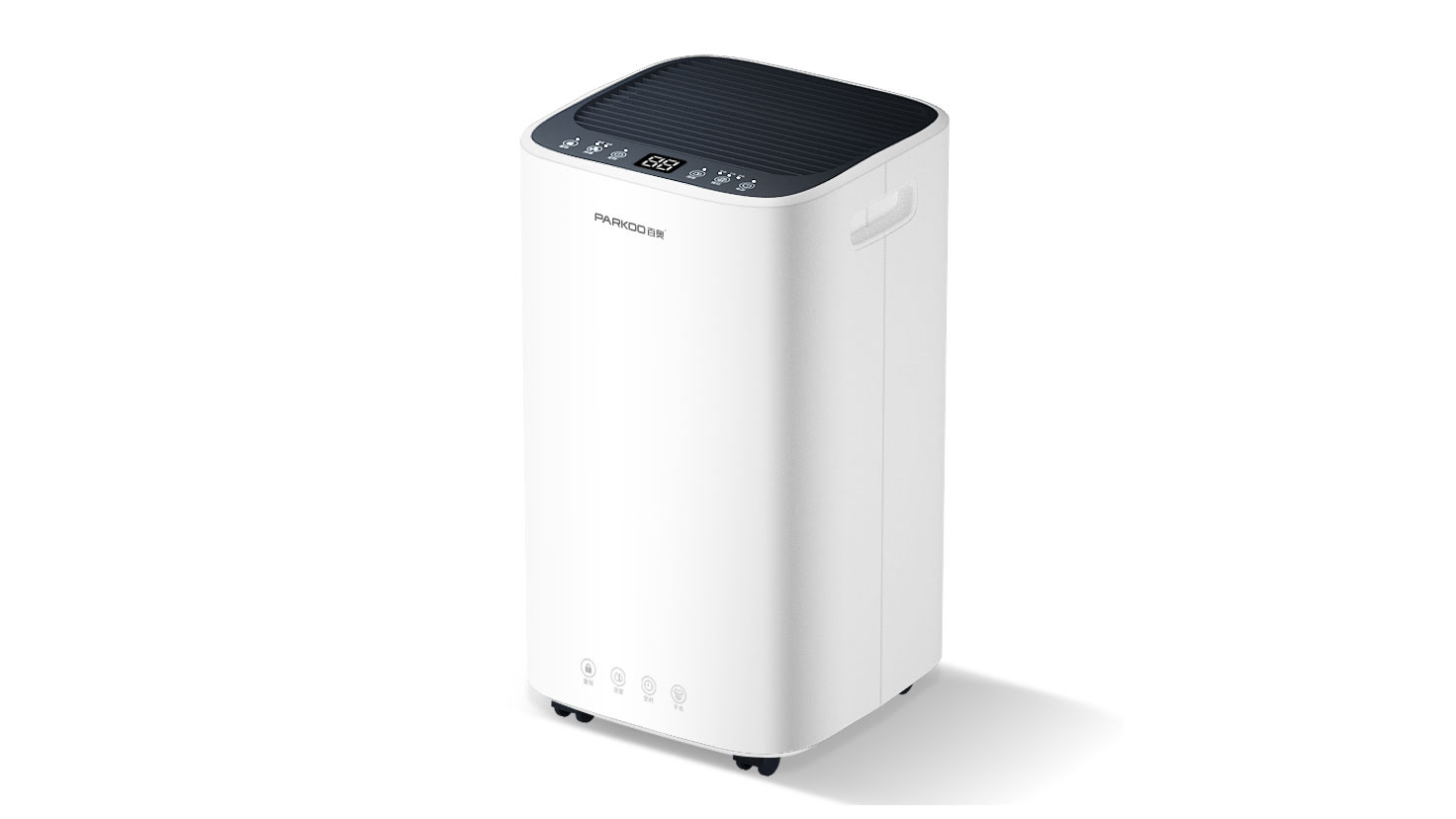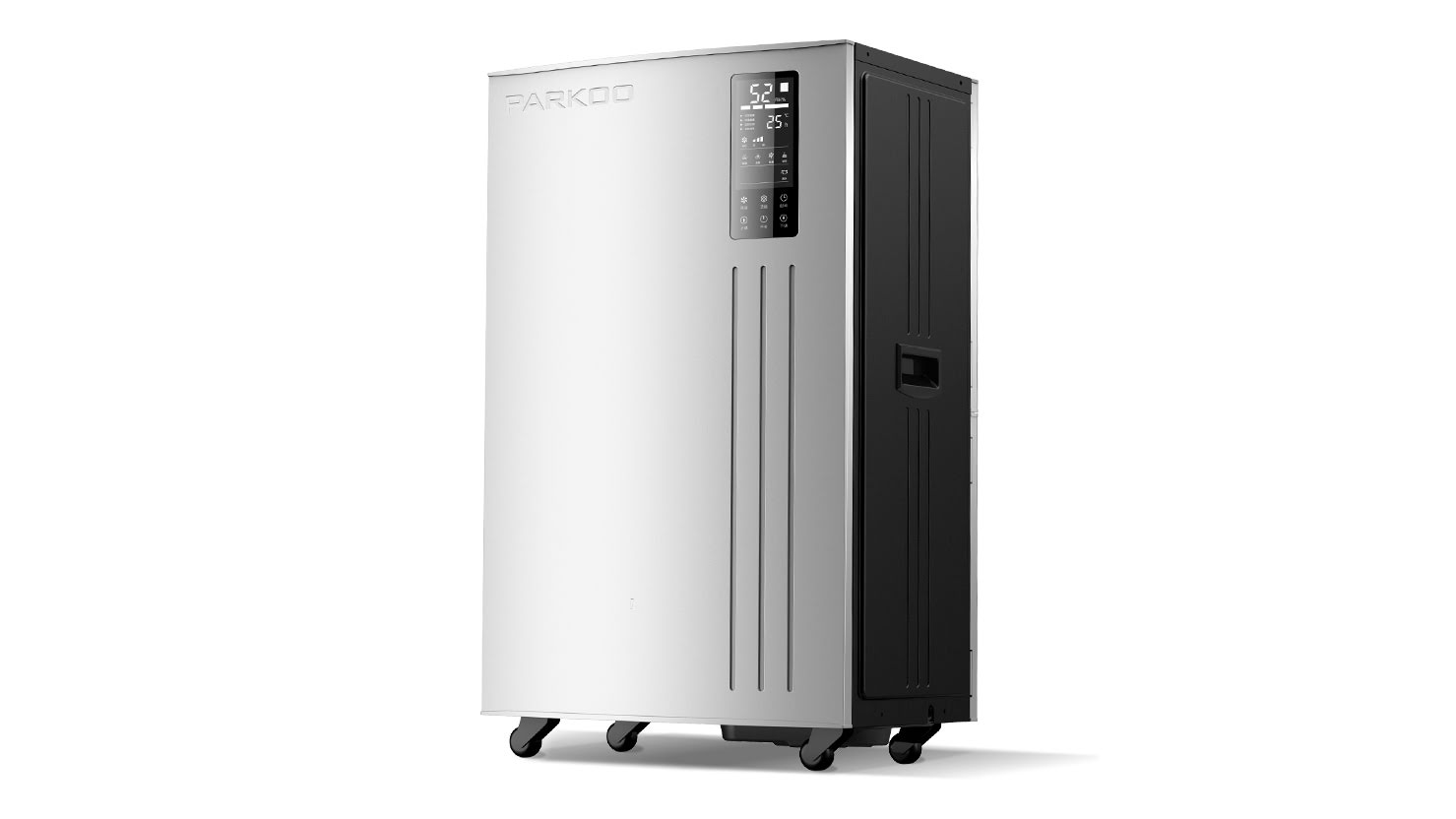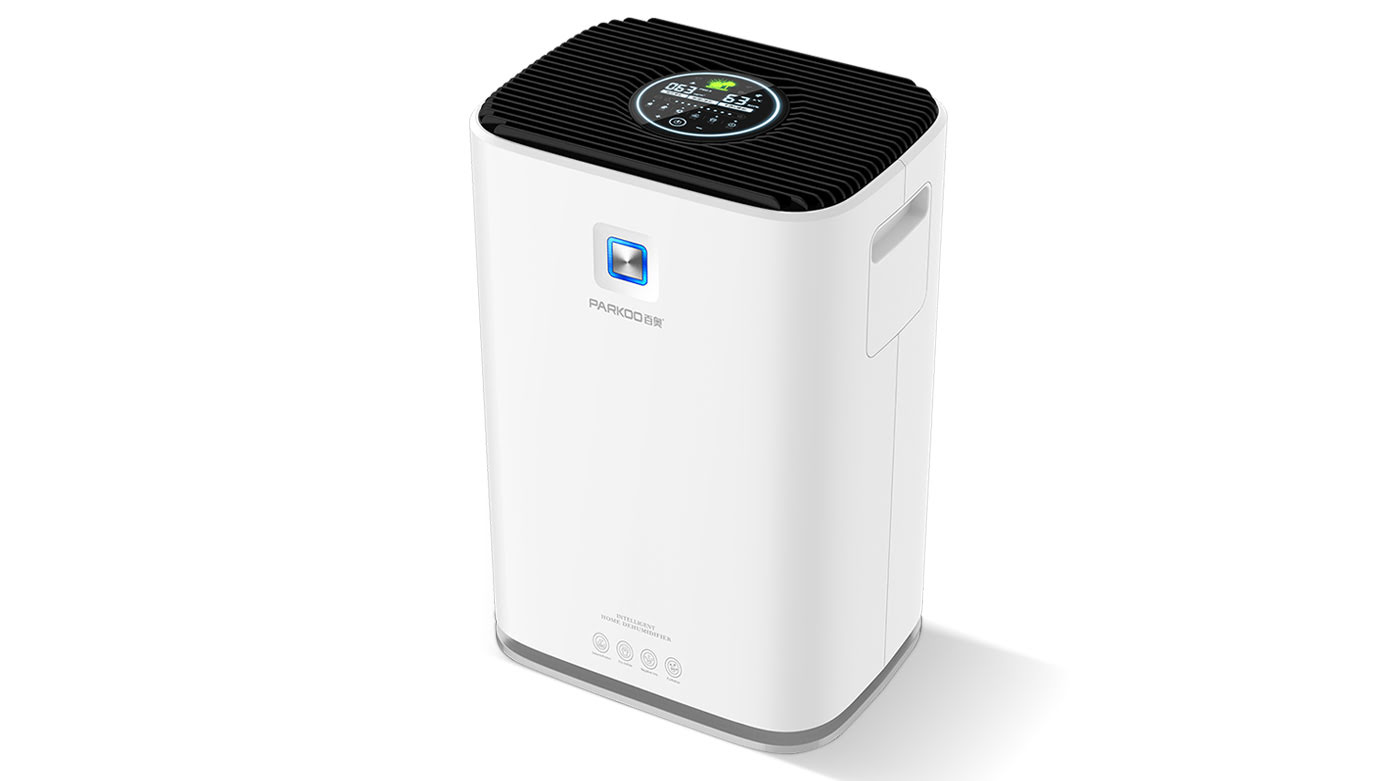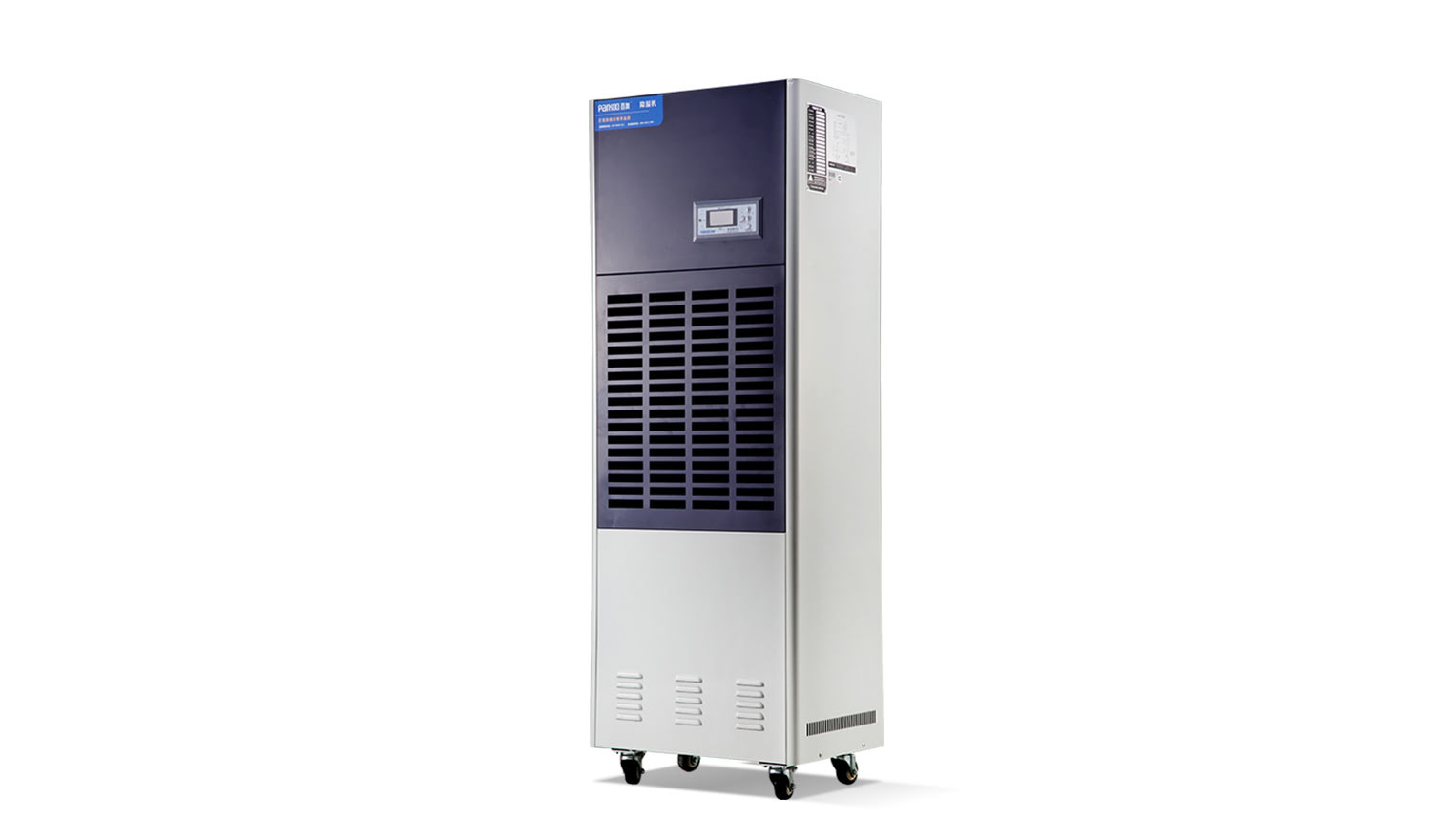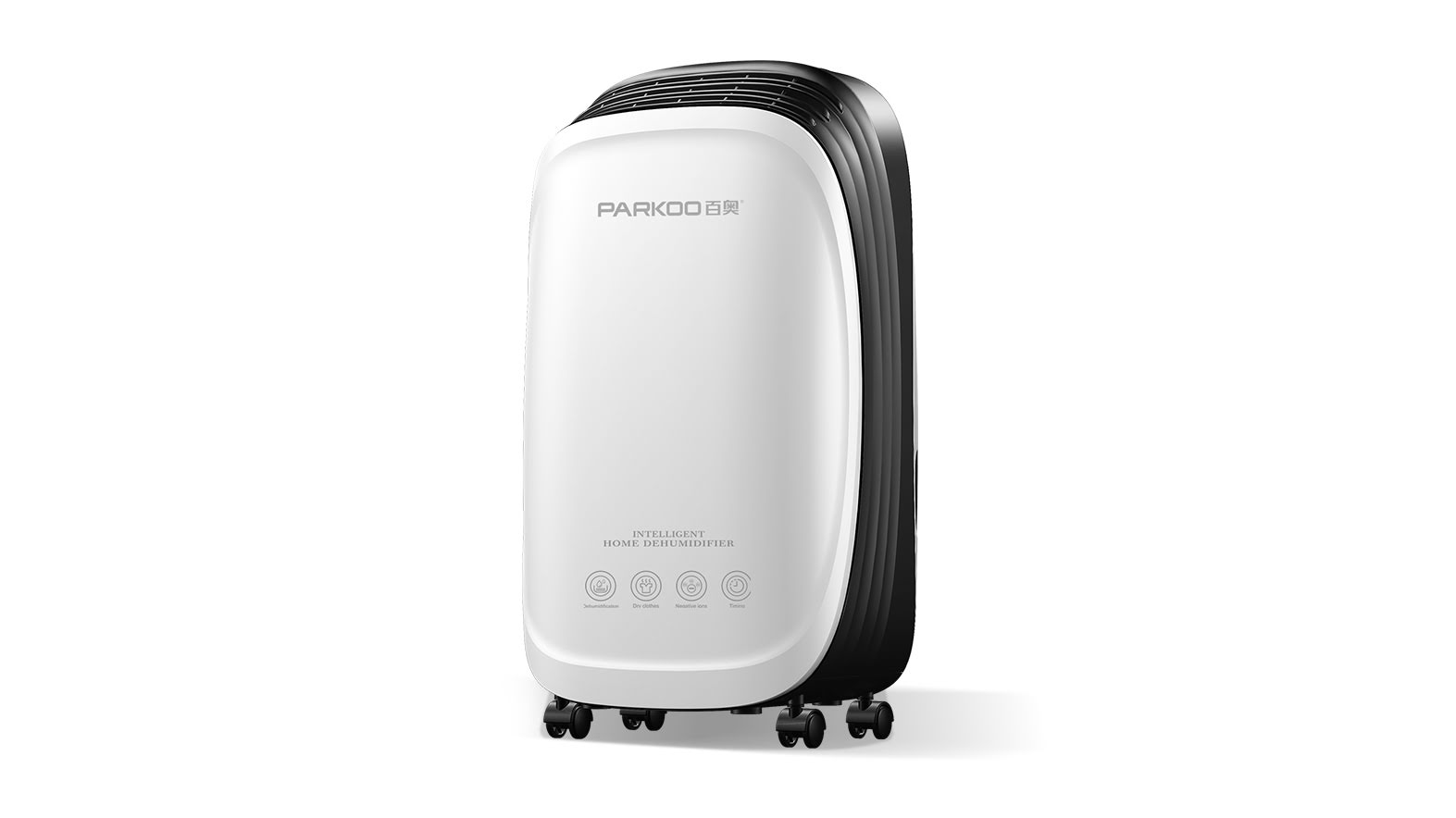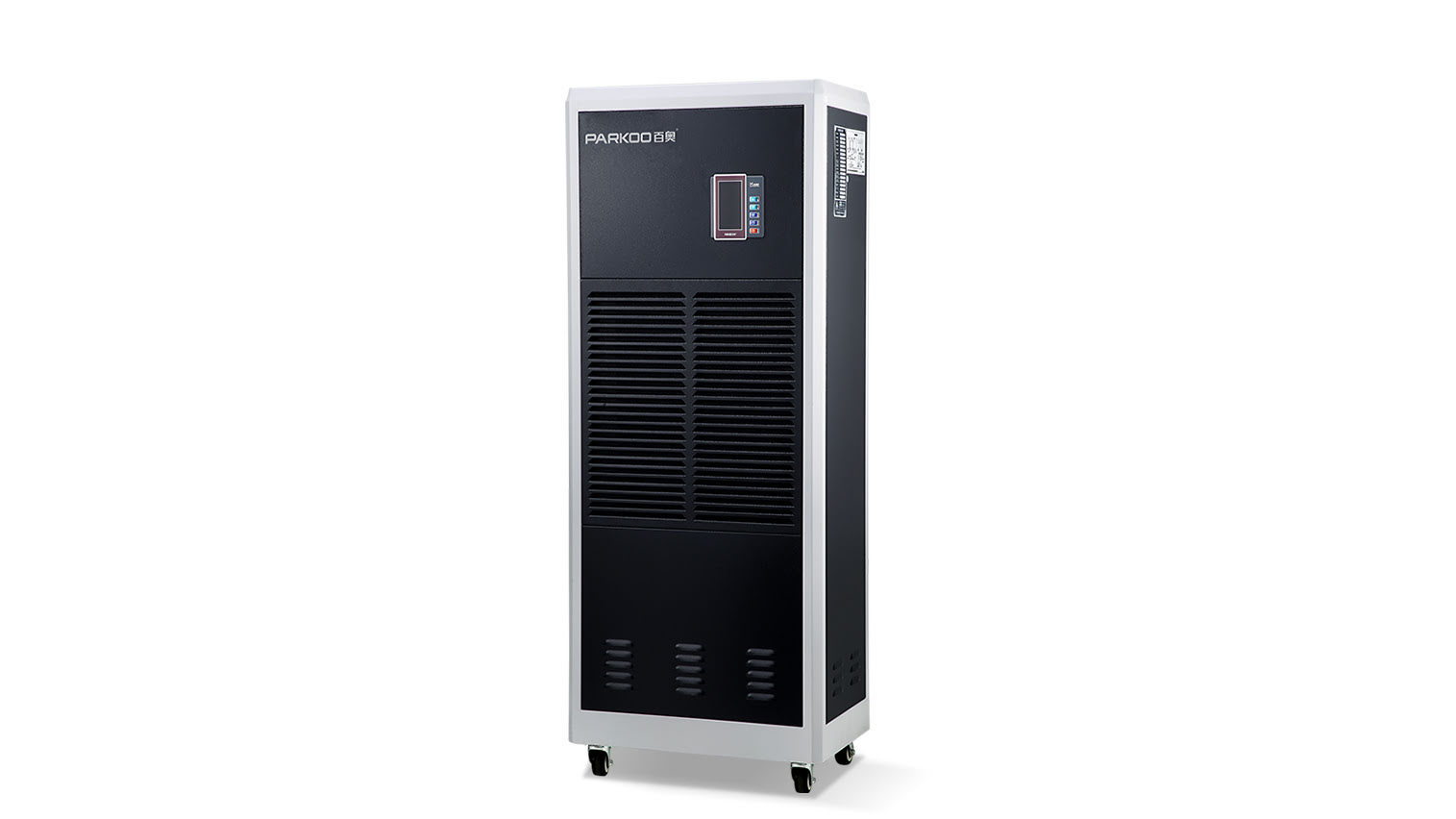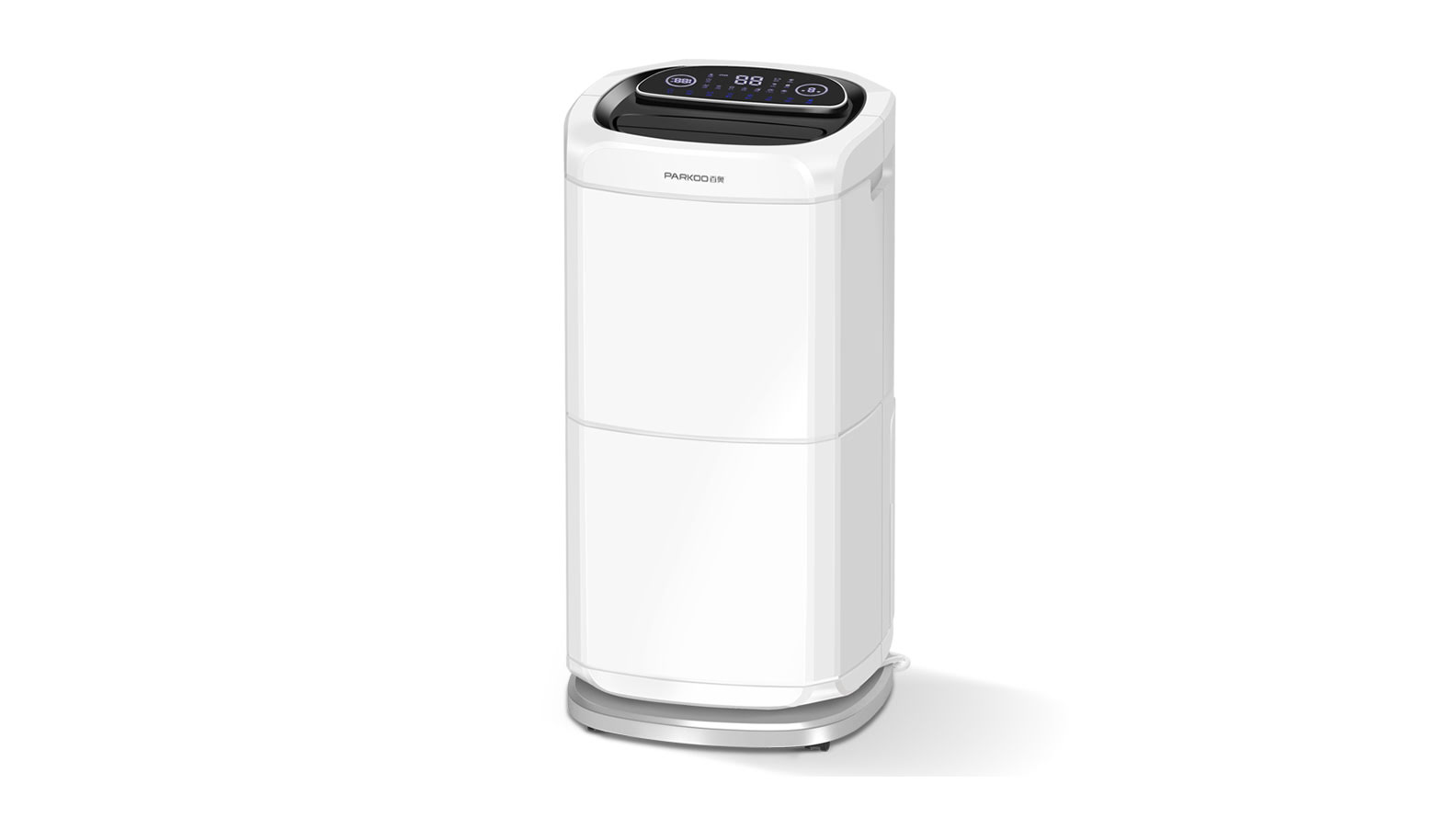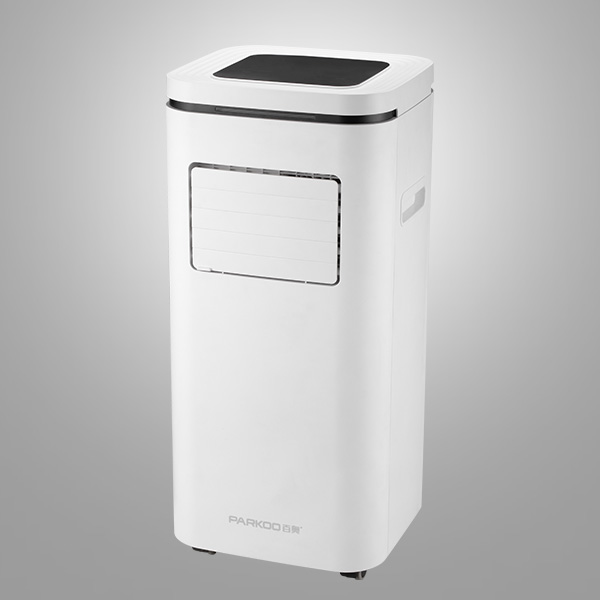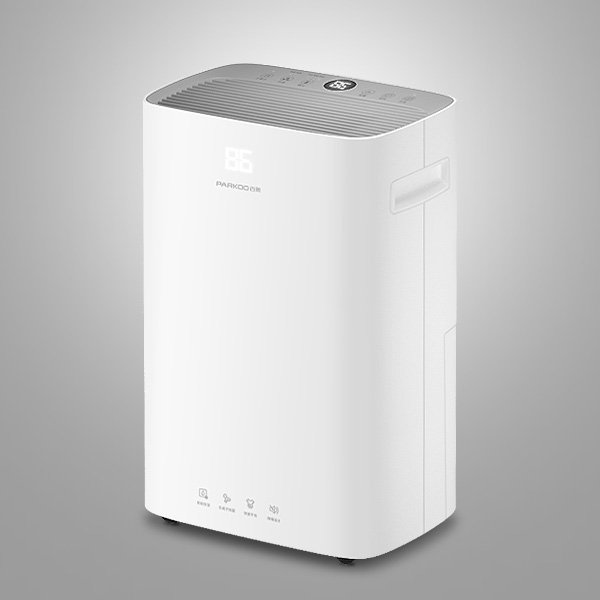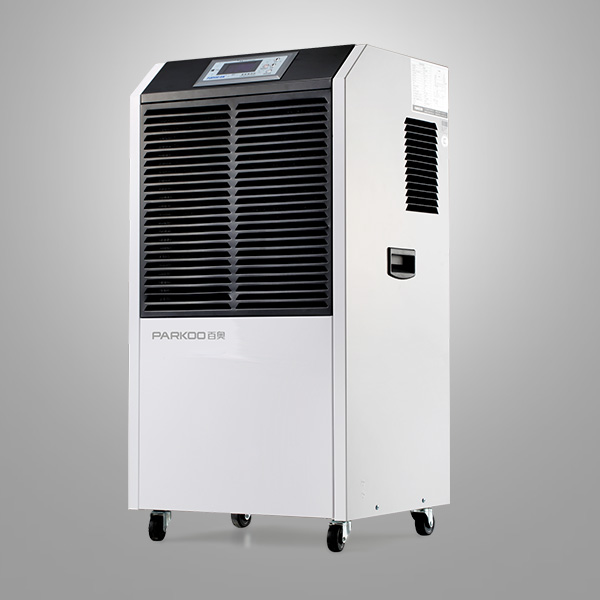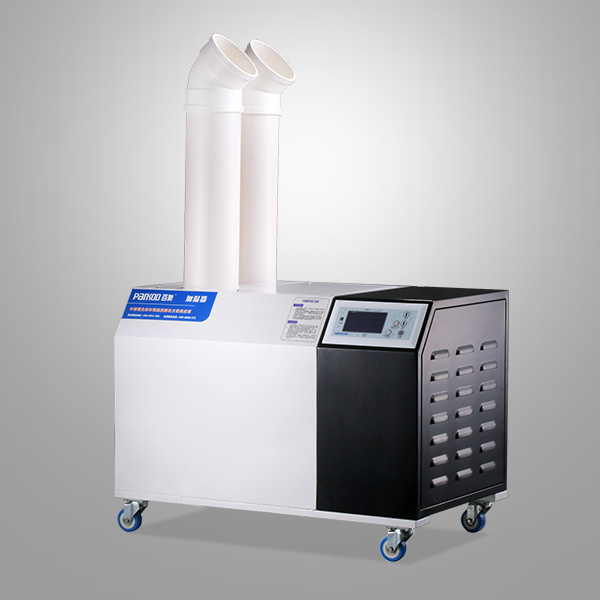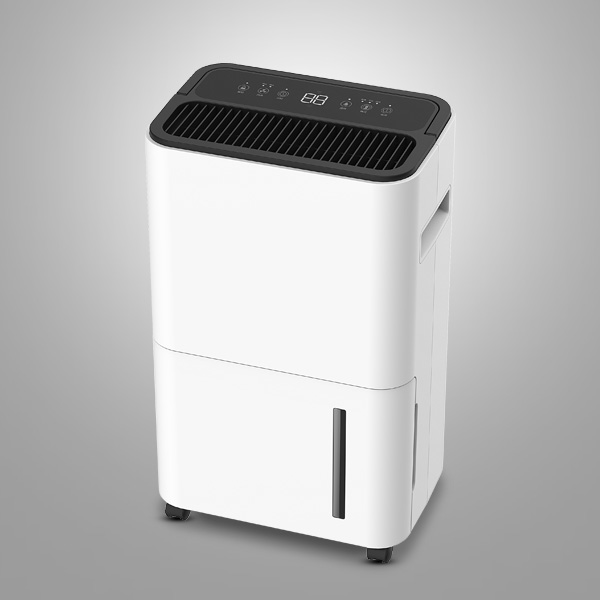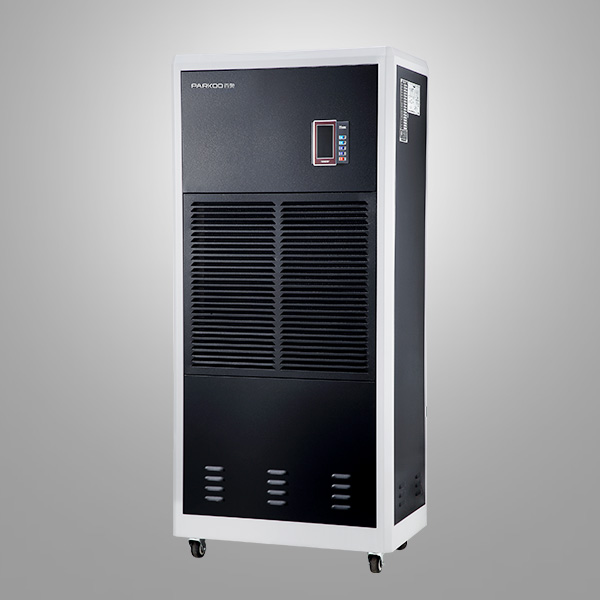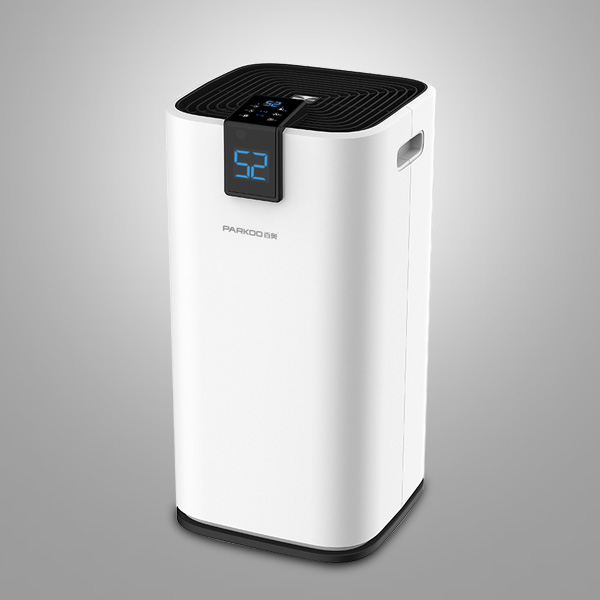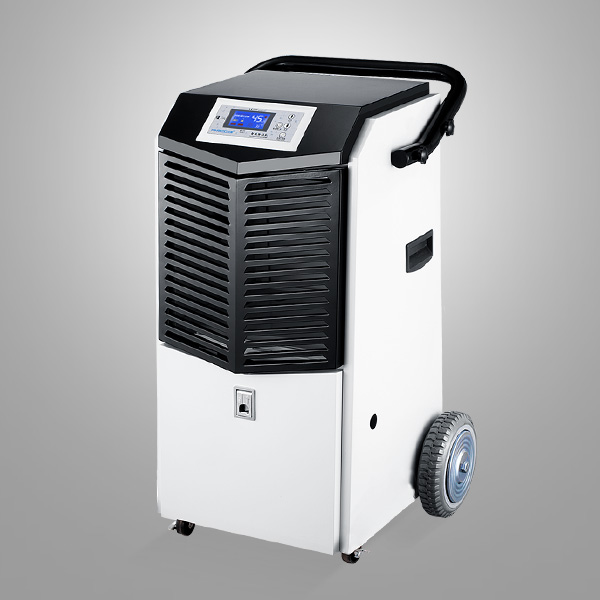style="text index: 2em. microwave drying sterilization has a low temperature, ranging from 75 to 100 ℃, which can adhere to most of the nutritional color of meat floss and is significantly superior to traditional low-temperature sterilization methods. The experiment confirmed that the conventional heating of Pig liver vitamin A persisted at 58%, while microwave heating was at 84%. The microwave sterilization machine for meat floss has high electrical safety, Environmental protection, and Efficiency. The machine can be started and stopped immediately without thermal inertia. The microwave sterilization machine for meat floss has a low box temperature of about 30-40 degrees, which reduces the difficulty of operation for employees. The small footprint of the machine and the continuous operation of the assembly line promote the efficiency of finished product production
Pump technology of the PARKOO brand has made certain breakthroughs in this regard, mainly manifested in:
(1) low operating costs, and the operating costs of the high-temperature heat pump dryer are comparable to those of fuel and coal; About 40% lower than fuel (gas) costs; save more than 50% compared to pure energy consuming devices
(2) Green and Environmentally friendly, using Dedicated high-temperature refrigerants that do not pollute the environment and are environmentally friendly
(3) The output Hot air temperature is high, and the high-temperature heat pump evaporator absorbs the heat from the external air or recovers the waste heat from the exhaust during the drying process. after the compressor works, the energy is transported (transferred) to the drying box. The hot air in the drying box is repeatedly heated to absorb the moisture in the material. Through the process of hot air deHumidification or condensation, the water in the material is discharged and taken away, Finally, continuous drying of materials is achieved. And the maximum temperature is 85 ℃
(4) Safe and reliable, without any Electric heating device, fundamentally eliminating the occurrence of leakage accidents in ordinary electric heating Dryers, and Avoiding the danger of oxygen deficiency, leakage, and other hazards Caused by the use of gas, fuel, and coal heating Systems in closed spaces
